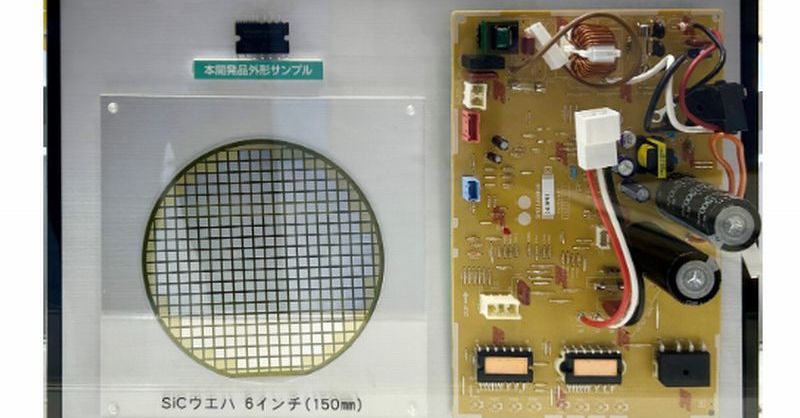New IPM with SiC: Dramatically Reduces AC Power Consumption
The power electronics industry is buzzing with excitement over a groundbreaking innovation: a new Intelligent Power Module (IPM) incorporating Silicon Carbide (SiC) technology. This revolutionary advancement promises to dramatically reduce AC power consumption across a vast array of applications, from electric vehicles (EVs) to renewable energy systems and industrial automation. This article delves into the specifics of this technological leap, exploring its implications and potential to reshape the future of power management.
What is an Intelligent Power Module (IPM)?
An IPM is a pre-assembled, integrated circuit containing all the necessary power switching devices, control circuits, and protection features required for motor control or power conversion. Traditionally, these modules have relied on IGBTs (Insulated Gate Bipolar Transistors). However, the integration of SiC MOSFETs (Metal-Oxide-Semiconductor Field-Effect Transistors) marks a significant upgrade, offering unparalleled efficiency and performance advantages.
Key Features of SiC-based IPMs:
- Higher Efficiency: SiC MOSFETs exhibit significantly lower on-resistance and switching losses compared to IGBTs, leading to substantially reduced power consumption and heat generation. This translates directly into energy savings and improved system efficiency.
- Smaller Size and Weight: SiC devices offer higher power density, allowing for smaller and lighter IPMs. This is a critical advantage in space-constrained applications like EVs and drones.
- Faster Switching Speeds: SiC MOSFETs switch much faster than IGBTs, enabling higher frequency operation and improved control precision. This enhances the overall performance of the system.
- Improved Thermal Management: The lower losses associated with SiC translate to reduced heat generation, simplifying thermal management and potentially eliminating the need for bulky heat sinks.
- Enhanced Reliability: SiC devices are known for their robustness and resilience to harsh operating conditions, leading to increased system reliability and longevity.
How SiC Dramatically Reduces AC Power Consumption
The reduction in AC power consumption stems directly from the superior characteristics of SiC MOSFETs. By minimizing switching and conduction losses, these devices significantly improve the efficiency of power conversion stages within inverters and motor drives. This leads to:
- Lower Energy Bills: Reduced power consumption translates directly to lower electricity costs for consumers and businesses.
- Increased Range for EVs: In electric vehicles, this translates to a longer driving range on a single charge.
- Smaller Power Supplies: The higher power density of SiC allows for the use of smaller, more compact power supplies.
- Reduced Carbon Footprint: Lower energy consumption contributes to a smaller carbon footprint, aligning with global sustainability goals.
Applications of SiC-based IPMs
The versatility of SiC-based IPMs makes them suitable for a wide range of applications, including:
- Electric Vehicles (EVs) and Hybrid Electric Vehicles (HEVs): Improving efficiency and range is crucial for widespread EV adoption.
- Renewable Energy Systems: Optimizing solar inverters and wind turbine converters.
- Industrial Automation: Enhancing the efficiency of motor drives in industrial machinery.
- Data Centers: Reducing energy consumption in power supplies and cooling systems.
- Uninterruptible Power Supplies (UPS): Improving reliability and efficiency.
The Future of SiC-based IPMs
The development of SiC-based IPMs represents a significant step towards a more energy-efficient future. As manufacturing techniques improve and costs decrease, we can expect to see wider adoption across various industries. Further research and development will focus on enhancing performance, reliability, and reducing the cost of these innovative modules.
Call to Action: Learn more about the latest advancements in SiC power electronics by exploring resources from leading semiconductor manufacturers and research institutions. The transition to SiC is not just a technological upgrade; it's a crucial step towards a more sustainable and energy-efficient world.
